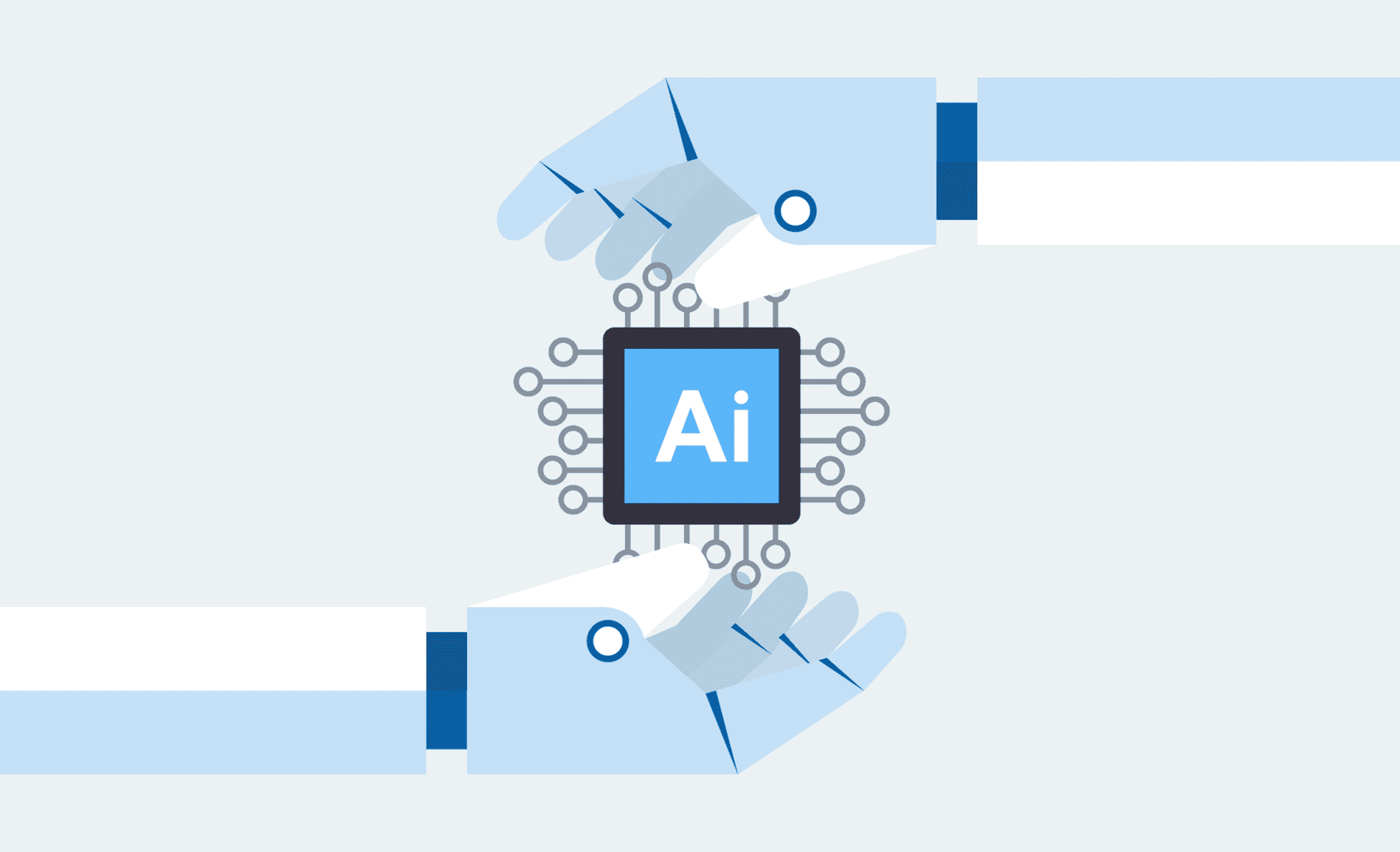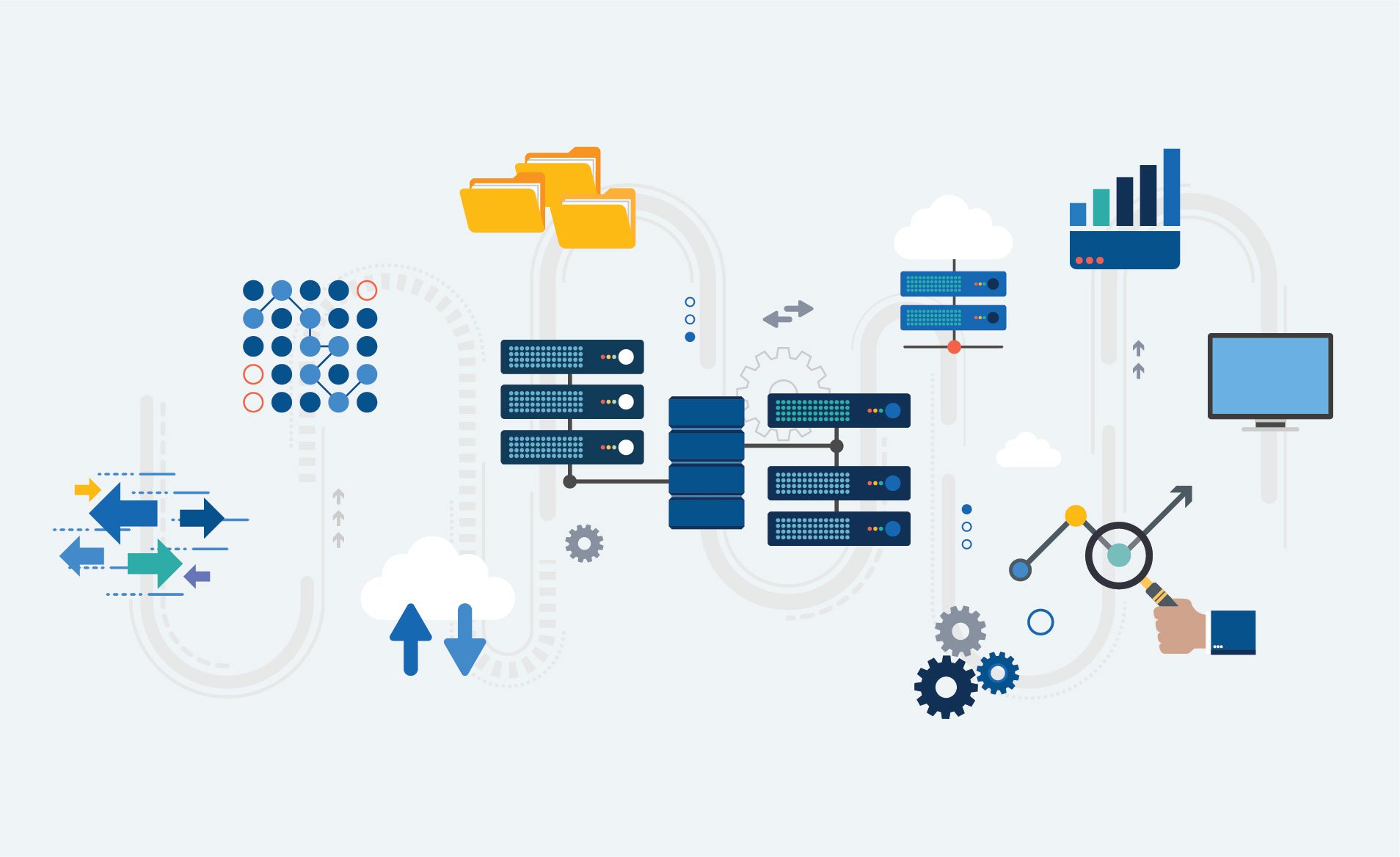When you implement your business intelligent (BI) project, an adequate planning is critical for a successful implementation. We recommend utilizing an implementation roadmap (see the map below) because this can help you effectively streamline your implementation activities.
As the implementation roadmap below presents, you can divide the implementation activities into six groups: Environment Selection, System Architecture, Data Architecture, Development, Production, and On-Going Test. Our previous blog post discussed in detail the first three groups of activities – Environment Selection, System Architecture, and Data Architecture. In this blog post, we will focus on the last three groups of activities – Development, Production, and On-Going Test.
.png?width=1897&name=Business%20Intelligence%20Implementation%20Roadmap%20(1).png)
Throughout our BI blog series, we have recommended the 5-step approach to your BI project: Structure, Identity, Choose, Implement, and Measure. Building your BI roadmap is the fourth step of your BI project journey. Feel free to review our previous blog posts to get the helpful tips for the first, second and third steps:
Related:
9 Tips for Building Your Business Intelligence Project
How to Gather Your BI Requirements
How to Choose the Right BI Platform and Partner
Activity 4. Develop a duct tape pilot project
1. “Duct Tape” Pilot Project – Quick and Easy
Show initial business values by creating some artifacts that are new and exciting quickly! Have your users get excited! The “duct tape” pilot project is meant to be a bare bone, inexpensive, and simple working prototype to demonstrate the value of BI. The pilot project should also use the top-down approach and focus on one senior manager and provide them with the appropriate BI for a few decisions they will make within the next three months.
1.1 Benefits of “Duct Tape” Pilot Project
📝 Demonstrates the possibilities of BI in a risk-free environment.
⭐Creates initial business value with your new BI platform.
📊 Validates the benefits of BI to the organization.
💡 Generates interest and support for BI from senior management.
🖥️ Prepares IT for the eventual enterprise-wide deployment.
2. Agile BI Development
BI Development will be executed in Agile fashion to BI artifacts. We recommend adopting or developing sprint practices for the iteration execution. The sprint practices will provide guidance on how to manage the team and how to execute the iteration.
2.1 Ask these questions while you are developing your sprint practices:
☑️ How long is each iteration?
☑️ What are the goals of the iteration?
☑️ How can you manage the iteration project team?
☑️ Which Agile style should you use?
☑️ Who is the scrum master and product owner?
☑️ What working style should you adopt?
☑️ What are the special considerations specific to your organization?
Activity 5-1. Implement planning and control for the hand-off to operations
When you go through this set of activities, make sure the tacit knowledge and learning about the suite and process automation are not isolated to the implementation team. In addition, as you transition the support of the tool to operations, make sure that the knowledge and insight regarding the tool and BI technology as a whole are conveyed. Here are tips to consider:
Tip 1. Risk Management ⚠️
- Track risks associated with your BI suite.
- Assign owners and create plans for resolving open risks.
- Risks associated with related projects.
- Make sure related projects (especially data projects) are proceeded as planned.
Tip 2. Change Management 🔄
- Train the necessary IT staff on how to support the daily operations of the suite.
- Create a communication plan to notify stakeholders and impacted users about the tool and how it will alter their workday and performance of role activities.
Tip 3. Project Management 📋
- Conduct a post-mortem to evaluate the completion of the project.
- Review the project’s performance against its metrics and expectations.
- Perform a formal sign-off and transfer for managing the tool.
Activity 5-2. Productize your BI artifacts
1. Migration
Migration is required to move BI content to DEV, TEST, and back to PROD. In many cases, migration has to be done in the offline mode to preserve consistency. Therefore, you need a migration plan in order to plan for migration activities. In the migration plan, you will visit:
Scope 🔍
Defining the scope of migration. The scope of migration affects the migration tactics.
Be strategic in selecting the migration scope. In many cases, you do not need to migrate all BI objects from one environment to another. Determine the goals of the migration and identify the objects that need to be migrated.
Conflicts 🛠️
Conflicts are often seen in migration. Conflicts result when BI objects from one environment overwrite the objects in the target environment.
Understanding the objectives of the migration helps to determine the ways to deal with the conflicts.
Backing up the target instance before the migration is always a good idea.
Timing 🕐
Many migration jobs require the source and target instance to be offline.
There should be policies and procedures in place to determine the best time for migration.
Small scale migration might be fine during business hours but large scale migration is typically done off-hour.
2. Rollback
In the unfortunate event of severe production issues, severe defects, and inability to control the issues, rollback is a viable, logical option to minimize disruption to the PROD environment. Again, planning rollback options in advance is the key to effective rollback.
Rollback Criteria 📑
Outline what qualifies as a rollback:
Number of bugs
Severity of the bugs
Ability to fix the bugs before the next business day
Outline a rubric to assess the situation to provide guidance or thresholds for rollback.
Decision Making 💭
Specify the bug reporting and escalation process.
Outline a “war room” group and consult the group before a decision is made.
Decide who should make the final decision and by what time.
Test the Rollback Plan ⚙️
Validate if the rollback plan restores the target instance to the original state with NO loss.
Make sure the rollback plan, the related processes, and the involved people are working together to perform rollback seamlessly.
Post-Mortem 🔍
Rollback is only the temporary fix. Conduct a post-mortem to identify the root causes of the issues.
The post-mortem also examines the rollback process, rather than only the root causes. Focus should be around the effectiveness and efficiency of the process in search of process gaps and communication methods used.
Activity 6. Hand over the management of your BI to the operations team
In this final step, you will switch IT’s role from that of planter to gardener for your solution. It is helpful to prepare IT for managing the steady state production of processes and IT support for the tool.
1. Transition Planning 🗂️
As you plan transition, prepare IT staff and the organization to manage the steady state performance of the application. Here are 3 tips:
Create operations package
Conduct operations training
Determine SLAs
2. Service Management 🔧
You will also need to prepare IT service management to handle the service support and service operations for the daily use of your organization’s BI. Here are 7 tips:
Develop change management procedures
Identify standard changes
Identify incident management procedures
Create incident management records for BI
Identify problem management procedures for BI
Create problem management procedures for BI
Conduct ongoing maintenance and software updates
The very final step is to manage BI testing. We will discuss this in our next blog post which will be the final post for our BI blog series. Our next blog will be up in the New Year after a holiday break. Stay tuned!
Understanding Power BI
Check out the short video below on what Power BI is capable of & how Power BI can be used to aggregate your data:
Let’s map your BI journey together!
Organizations of every size and across all industries are taking advantage of the benefits of BI. Having an appetite for BI does not mean that the initiative will be an automatic success. Our team of BI experts will be happy to work with you and start your BI implementation roadmap together. Contact us today. We will be happy to discuss how we can help you!



